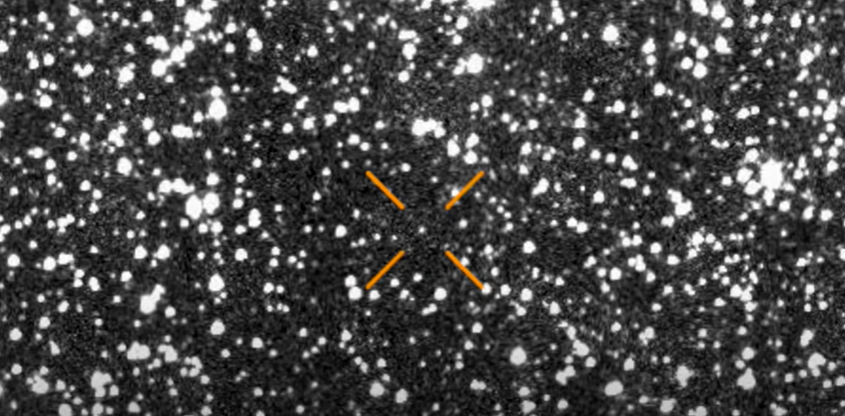What the Speed of 3I-ATLAS Reveals About Its Interstellar Journey
The interstellar comet 3I/ATLAS is a cosmic speedster. Its incredible velocity provides valuable insights into its long journey and the nature of planet formation in other star systems.
The recent discovery of the interstellar comet 3I/ATLAS has captivated the astronomical community. While its existence as a visitor from another star system is a monumental find in itself, it is the comet's extraordinary speed that is providing a window into its deep past. Traveling at roughly 130,000 miles per hour, 3I/ATLAS is not just moving quickly; it's moving fast enough to escape the Sun's gravitational pull, a critical detail that tells us a great deal about its long and ancient journey.
A Hyperbolic VelocityObjects in our solar system are gravitationally bound to the Sun, moving on closed, elliptical paths. A comet like 3I/ATLAS, however, follows an open-ended, hyperbolic trajectory. This path is a clear sign that the object is not a permanent resident but a temporary guest, with more than enough velocity to escape and continue its journey into the vastness of interstellar space.
This speed is known as its "hyperbolic excess velocity," and it is this figure that holds the key to its history. The comet's speed is the result of billions of years of gravitational interactions. Each time it passed near a star, a planet, or even a nebula, its momentum was altered, receiving a gravitational slingshot effect that incrementally increased its speed. This process has culminated in the blistering pace we observe today.
A Glimpse into Deep TimeThe extreme speed of 3I/ATLAS allows astronomers to estimate its age. By modeling the gravitational interactions it likely experienced over eons, scientists have concluded that the comet is likely very old-potentially twice the age of our 4.6-billion-year-old solar system. This makes 3I/ATLAS a cosmic fossil, a relic from a much earlier epoch in the Milky Way's history.
This information is not just a fascinating fact; it has profound implications for our understanding of galactic evolution and planet formation. The speed and age of 3I/ATLAS suggest it originated in a system with lower "metallicity" (the abundance of elements heavier than hydrogen and helium) than our own. This confirms that planet formation, and the subsequent ejection of comets, was an efficient process even in the early, more metal-poor universe.
In essence, the speed of 3I/ATLAS is not merely a number. It is a story of a journey that spans billions of years, a record of its encounters with distant stars, and a critical piece of evidence that helps us understand the conditions in which planetary systems are born far, far away.
NASA: What We Know About Interstellar Comet 3I/ATLAS
This video provides an overview of the interstellar comet 3I/ATLAS, including its discovery, trajectory, and scientific importance.
What the Speed of 3I-ATLAS Reveals About Its Interstellar Journey
